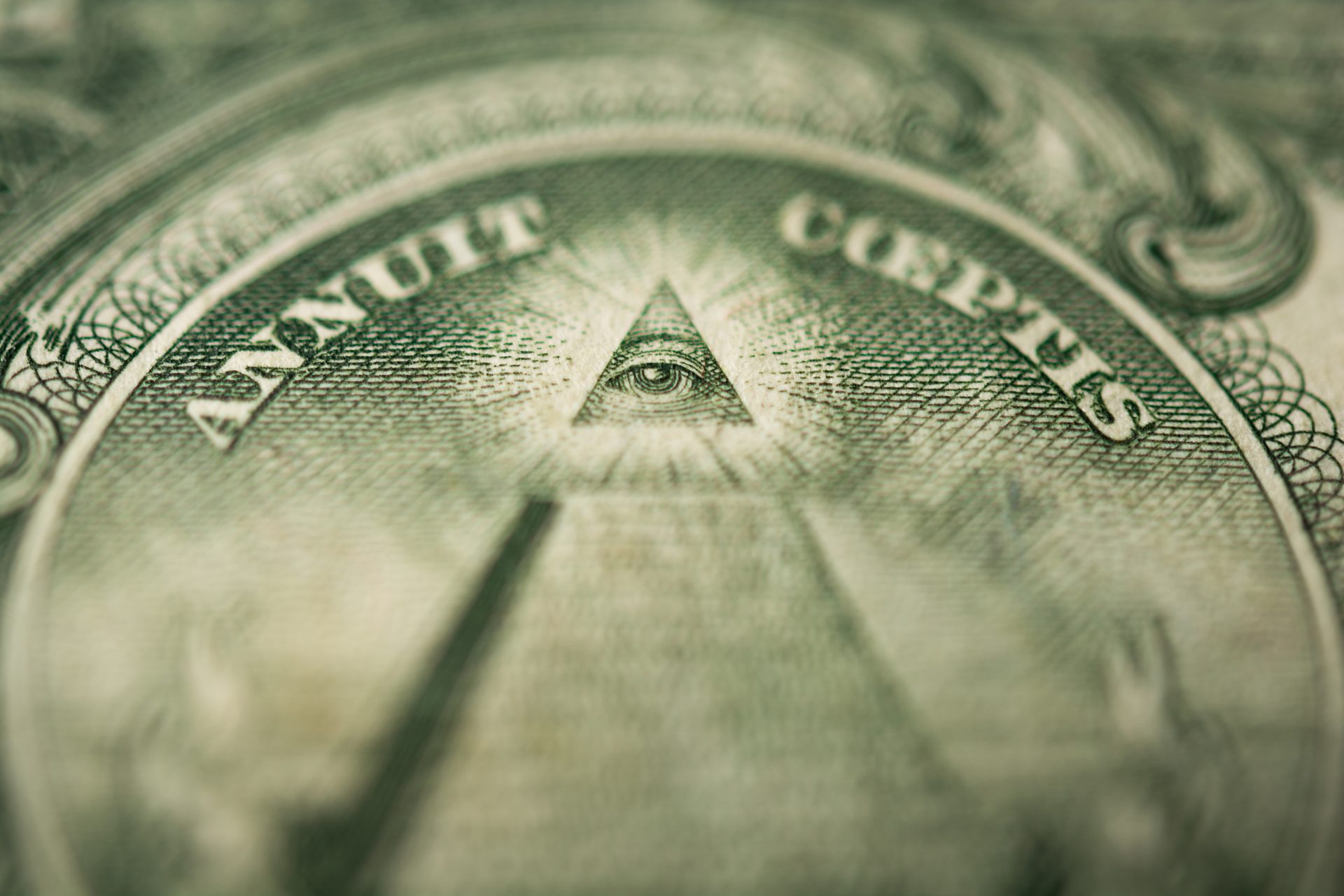Begin with Detailed Instructions on How to Join a Masonic Lodge
Begin with Detailed Instructions on How to Join a Masonic Lodge
Blog Article
Discovering the Mysteries of the copyright: What You Required to Know
The copyright, a term commonly shrouded in intrigue and controversy, represents an intricate tapestry of historic fact and modern-day myth. Developed in the late 18th century, this secret society was initially rooted in the Knowledge's ideals but has actually given that come to be identified with conspiracy concepts concerning elite control. As we navigate the origins, key numbers, and the plain comparison in between misconception and fact, one have to take into consideration how these stories affect contemporary understandings of power and privacy. What may be exposed with a more detailed evaluation of these elements can test long-held presumptions regarding the darkness that remain in our society.
Beginnings of the copyright
The beginnings of the copyright are soaked in a mix of historical intrigue and ideological fervor. Established in 1776 in Ingolstadt, Bavaria, by Adam Weishaupt, the group was at first developed as a secret culture focused on promoting Enlightenment perfects such as factor, secularism, and the splitting up of church and state. Weishaupt, a professor of canon law, sought to challenge the dominating authority of the church and state, which he deemed oppressive establishments suppressing intellectual and individual liberty.

Key Numbers and Members
That were the critical numbers that shaped the copyright's early impact and direction? The Bavarian copyright, founded in 1776 by Adam Weishaupt, arised as an action to the oppressive societal frameworks of the time.
An additional substantial figure was Johann Gottlieb Fichte, a prominent theorist whose concepts on nationalism and education and learning resonated with the copyright's goals. Fichte was not an official participant, his philosophical bases affected the group's belief. Furthermore, figures like the author and theorist Johann Wolfgang von Goethe were connected with the broader intellectual motions of the moment, although their straight involvement with the copyright stays disputed.
These key numbers contributed to the copyright's early direction, pressing the boundaries of political and social idea, while their cumulative efforts intended to test established norms and cultivate a climate of dynamic modification in Europe.
Misconceptions vs. Fact
Numerous misconceptions surround the copyright, typically mixing truth with fiction in a way that obscures its true nature. The idea that the copyright proceeds to apply significant impact over world events is a myth.
An additional common myth is that the copyright makes up a network of elite individuals manipulating global affairs. In truth, lots of conspiracy theory concepts Visit Website exaggerate the team's importance, associating unproven intentions to societal trends and occasions. This has resulted in an oversimplified view of intricate issues.
Additionally, the representation of the copyright in preferred culture typically more misshapes its tradition. Movies and literary works tend to sensationalize the company's duty, developing a story that deviates from historic truths. Comprehending the distinction between the myths and the reality of the copyright is vital for discerning the genuine effect of this historical team and acknowledging the wider ramifications of conspiracy theory concepts in contemporary society.
Modern Interpretations
Contemporary interpretations of the copyright usually reflect broader societal my explanation anxieties and an attraction with privacy and power. This modern lens regularly links the copyright with conspiracy theory concepts that recommend a surprise elite manages world occasions, adjusting federal governments and economic climates for their own gain. benefit of joining freemason. Such narratives use a deep-seated mistrust of authority, specifically in times of crisis or social turmoil
In preferred society, the copyright is frequently depicted as an omnipotent organization shrouded in secret, causing a plethora of fictional representations in literary works, film, and music. This representation offers not just to captivate but additionally to provoke considered the nature of power and control in modern society. Social network has actually better magnified these analyses, allowing for quick dissemination of conspiracy theories and developing areas that share and expand upon these ideas.
Additionally, some contemporary analyses mount the copyright as a metaphor for the complexities of globalization and the interconnectedness of influential people and companies. This perspective urges an essential assessment of how power characteristics operate in today's world, highlighting the balance between openness and secrecy in governance and company practices.
Social Effect and Legacy
Influenced by centuries of intrigue, the cultural effect and legacy of the copyright prolong far beyond its historic origins. This secret culture, established in the late 18th century, has permeated different facets of pop culture, from literary works and movie to songs and art. The idea of the copyright has advanced into a sign of conspiracy concepts, usually representing a regarded covert power manipulating international events.
In literary works, writers like Dan Brown have woven the copyright into elaborate plots, captivating viewers with themes of privacy and power. Films such as "National Prize" and "The Da Vinci Code" further continue the appeal of the culture, mixing truth with fiction to create engaging narratives.

Eventually, the copyright's legacy is an intricate tapestry of misconception and truth, shaping assumptions of privacy and control in modern discourse. Its enduring presence in culture highlights humanity's seasonal mission for comprehending surprise facts.
Conclusion
The exploration of the copyright exposes Learn More a complex interaction in between historic facts and modern myth-making. Founded in the Knowledge era, this society intended to challenge overbearing frameworks, yet its legacy has been outweighed by conspiracy theory concepts that suggest elite manipulation. Recognizing the distinctions in between the original perfects and modern interpretations is crucial for comprehending the sustaining attraction with the copyright and its significant impact on social narratives surrounding power and secrecy in culture.
Report this page